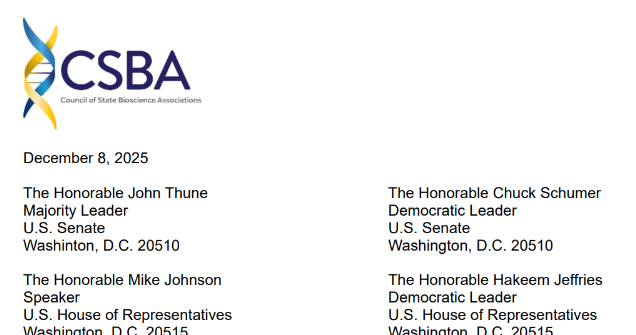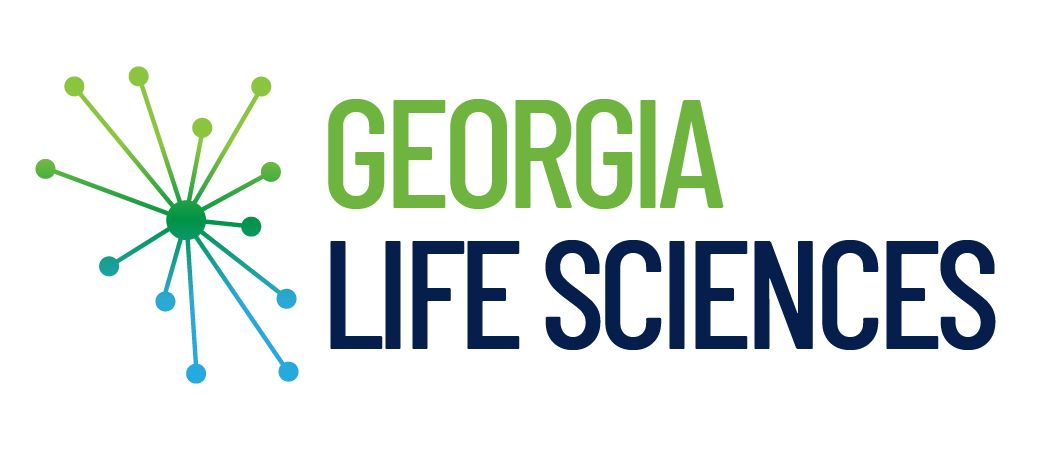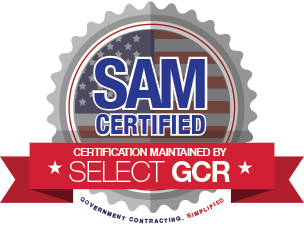Medtech Manufacturing for Innovators & Start Ups: What You Most Need to Know
Insights from a deep dive into medical device innovation and production with GCMI’s Saylan Lukas and GaMEP’s Dean Hettenbach
Given the patient safety requirements codified in the United States Code of Federal Regulations overseen and enforced by the Food and Drug Administration, medical device innovation is a challenging enterprise to say the least.
It is also a landscape filled with pitfalls that need a holistic, long range view to avoid them. Considering what manufacturing at scale means for a new device or technology is one such pitfall that needs consideration earlier in the design and development process than one might know or believe.
Design decisions with manufacturing at the right scale need to be made upfront, even if large-scale production seems far off. A device might serve its purpose perfectly as a 3D printed prototype, but producing it at scale for clinical use based on designs only appropriate for small batch production can become an expensive nightmare.
Last month, GCMI Interim Executive Director Saylan Luke and Georgia Manufacturing Extension Partnership’s Dean Hettenbauch unpacked the common challenges that many face when entering the medical device space and the steps to take to avoid common pitfalls [particularly as it relates to manufacturing].
While we invite you to check out the hour long recording full of high value information and insights, but as long as you’re here, check out some of the top takeaways.
Engage regulators early, but be well prepared.
Start the process of engaging the FDA (assuming you intend to market your device in the United States) as soon as possible. They are there to help and more well equipped and committed than ever to do so. BUT, put in the time prior to any engagement with regulators to be as well informed as possible. Know that they don’t answer vague questions. Seriously consider, vet and engage a regulatory consultant with experience specific to your technology and its prospective pathway or pathways.




